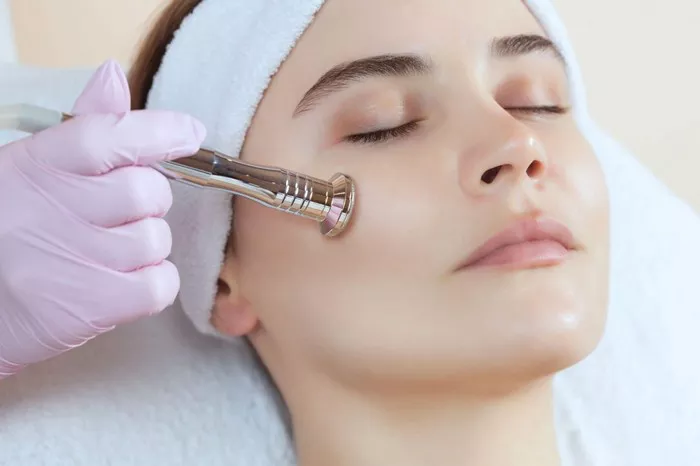Buccal fat is a natural part of the face that is located in the cheeks. It is a type of fat that is essential for a youthful and healthy appearance. In this article, we will explore what buccal fat is, its function, and how it can be altered through surgical and non-surgical procedures.
Anatomy and Function
Buccal fat is a type of adipose tissue that is located in the cheeks. It is located between the facial muscles and the facial skin, and is responsible for giving the cheeks their plump and youthful appearance. The size and shape of buccal fat can vary from person to person, and can also change with age.
Buccal fat serves several important functions in the face. It helps to cushion the muscles and bones of the face, protecting them from injury. It also helps to maintain the shape and contour of the face, providing support to the facial skin and preventing sagging.
Surgical Procedures
There are several surgical procedures that can alter the size and shape of buccal fat. Buccal fat removal is a common procedure that involves the removal of a portion of the buccal fat pad. This procedure is typically performed under local anesthesia and can be done in a doctor’s office or surgical center.
Buccal fat removal is often performed for cosmetic reasons, as it can create a more defined and contoured appearance of the cheeks. It is also sometimes performed in patients with a round or chubby face, as it can create a more slim and angular appearance.
Non-Surgical Procedures
There are also non-surgical procedures that can alter the appearance of buccal fat. One of these procedures is facial massage, which involves the use of specific massage techniques to stimulate the lymphatic system and reduce the appearance of buccal fat.
Another non-surgical procedure that can alter the appearance of buccal fat is facial exercises. These exercises involve the use of specific facial muscles to tone and tighten the skin and underlying tissues of the face. While there is limited scientific evidence to support the effectiveness of facial exercises, some people have reported positive results.
Risks and Complications
Like all surgical procedures, buccal fat removal carries some risks and potential complications. These can include bleeding, infection, scarring, nerve damage, and asymmetry. It is important to discuss these risks with your doctor before undergoing any surgical procedure.
Non-surgical procedures such as facial massage and facial exercises are generally considered safe, but may not be effective for everyone. It is important to consult with a qualified practitioner before undergoing any non-surgical procedure.
Conclusion
In conclusion, buccal fat is a natural part of the face that serves several important functions. Surgical procedures such as buccal fat removal can alter the appearance of buccal fat, creating a more defined and contoured appearance of the cheeks. Non-surgical procedures such as facial massage and facial exercises may also be effective for some people. It is important to discuss all options with a qualified practitioner before undergoing any procedure to alter the appearance of buccal fat.


